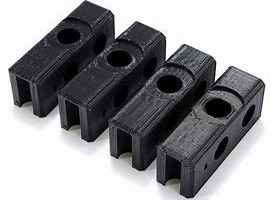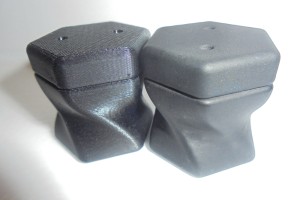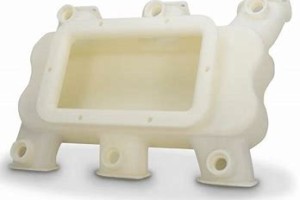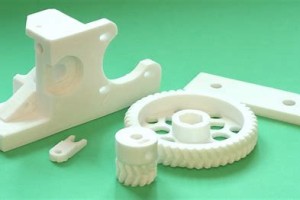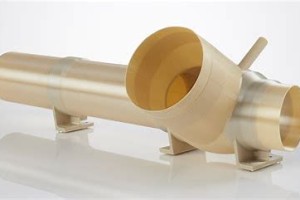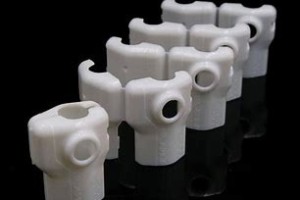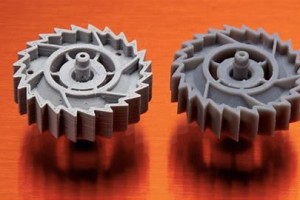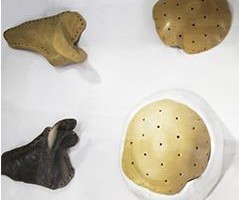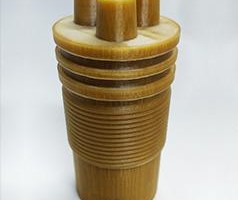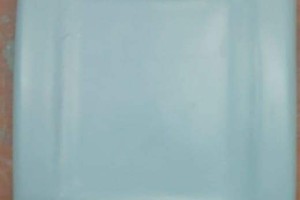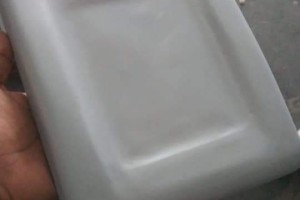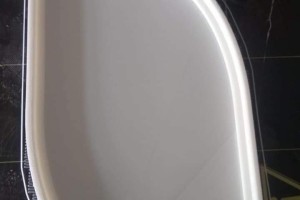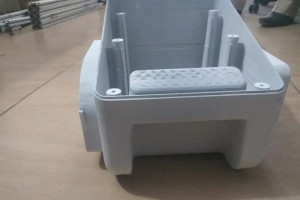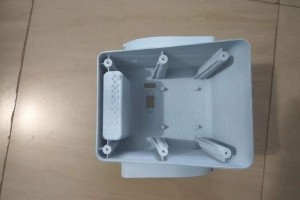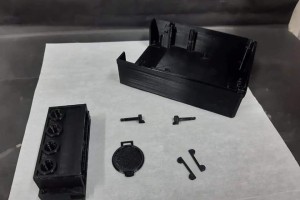Fused deposition modeling (FDM), also known as fused filament fabrication (FFF), is an additive manufacturing process that falls within the category of material extrusion. In FDM, an object is built by selectively depositing melted material in a predetermined path, layer by layer. The materials used are thermoplastic polymers, which come in a filament form.
The FDM fabrication process works by first loading a spool of thermoplastic filament into the printer. Once the nozzle has reached the desired temperature, the filament is fed into the extrusion head and nozzle, where it melts.
The extrusion head is attached to a three-axis system that allows it to move in the x-, y- and z- directions. Melted material is extruded in thin strands and deposited layer by layer in predetermined locations, where it cools and solidifies. Fans can be attached to the extrusion head to accelerate the cooling.
To fill an area, multiple passes are required, similar to coloring in a rectangle with a marker. When a layer is finished, the build platform moves down (or in some machine setups, the extrusion head moves up) and a new layer is deposited. This process is repeated until the part is complete.


